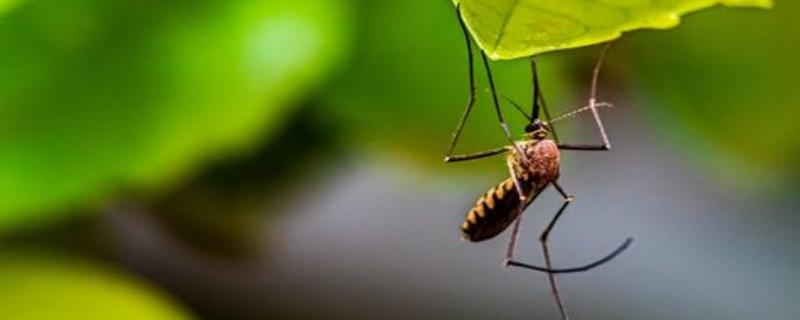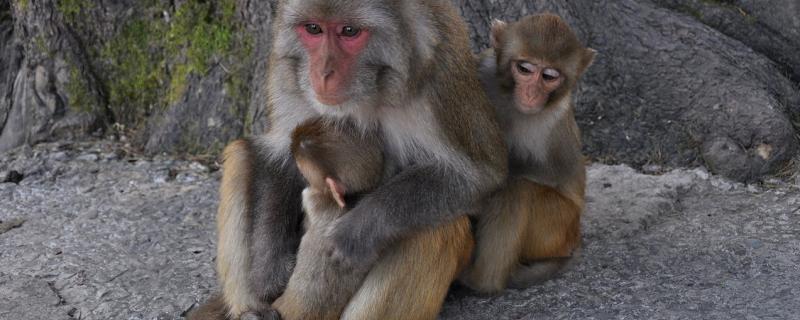The study sheds light on a crucial protein, PfPPM2, which controls asexual division and switching between the sexual forms in Malaria-causing Plasmodium falciparum parasite, both of which are key to disease transmission.
A new review reveals that rising global temperatures, increased pollution, and extreme weather events are driving a global surge in eye diseases, disproportionately affecting vulnerable communities and challenging healthcare systems.
Roorkee/



![A female Anopheles stephensi mosquito devouring a blood meal [Image credits: Jim Gathany, Public domain, via Wikimedia Commons] A new technique to study Indian strain of malarial parasite could help in better drug discovery](/sites/researchmatters/files/styles/large_front_800x320/public/manisharoy_press_result.jpg?itok=wm2qYwvZ)
![Image for representation purposes only [Image Credits: Tom Ellenberger, Washington University School of Medicine in St. Louis. / Public domain] The vital role of Plasmodium’s molecular scissors in its cellular function](/sites/researchmatters/files/styles/large_front_800x320/public/molecule_12june.jpg?itok=YEkQZc6f)
